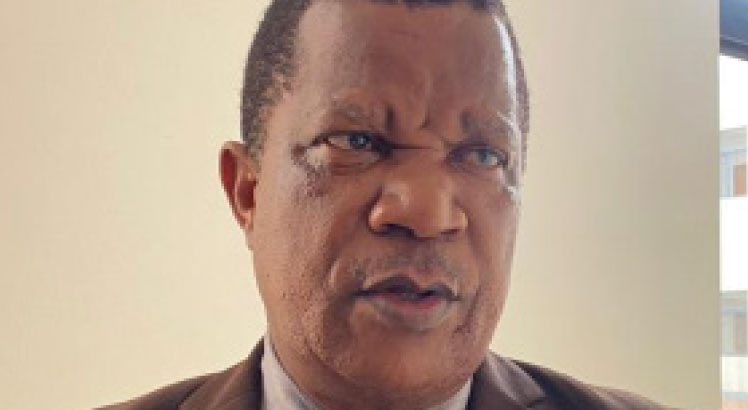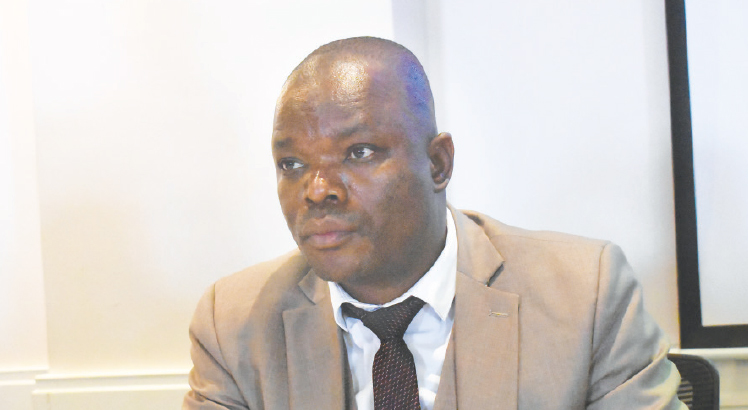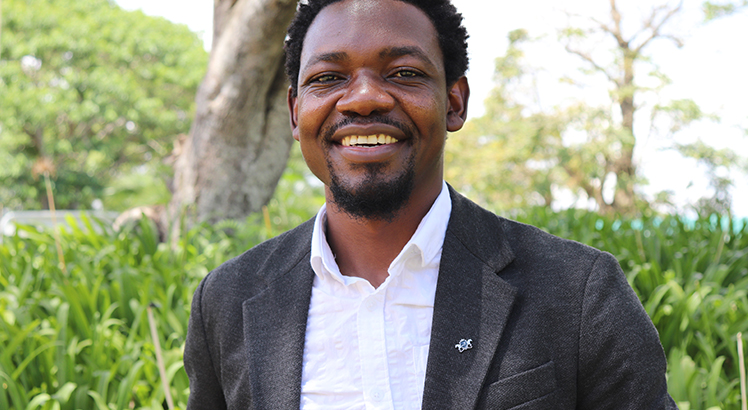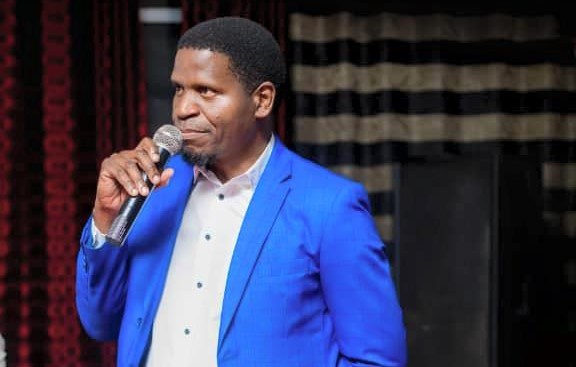Lilongwe City needs water now than before
Stories of dry taps in the country’s cities and towns and broken boreholes in villages continue to make news. Some sections of the society think there is no need to celebrate 89 percent water coverage when most of the water sources are not functioning. Analysts in the water sector say there is need to understand the situation first before coming up with solutions. In view of the Salima-Lilongwe Water Project that continues to stir debate, FATSANI GUNYA spoke with MUTHI NHLEMA, an engineer, who sheds light on this and other issues from an engineering point of view.
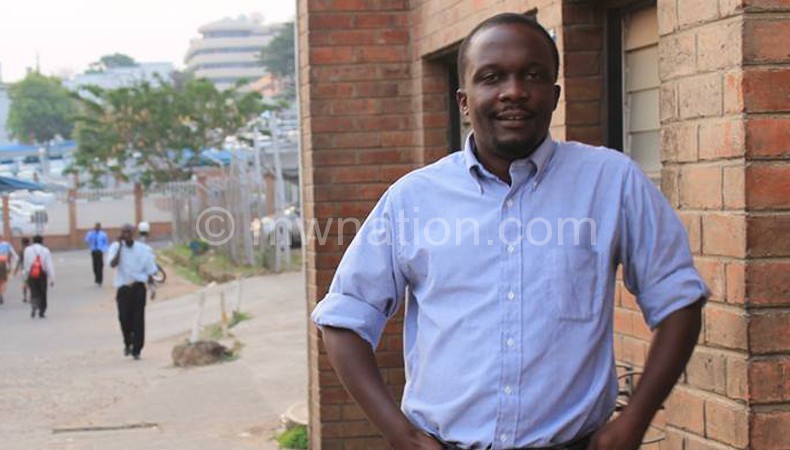
Can you briefly introduce yourself?
I am Muthi Nhlema and I work for an organisation called BASEflow. We focus exclusively on the sustainability of the water table and ground water infrastructure. This includes boreholes and all other hand pumps that tap water from the ground. I am the team leader there [and] I am an engineer by profession.
As Baseflow, is the Salima-Lilongwe Water Project viable?
It is not necessarily about the cost of pumping water out of the lake but the power it will take to pump water from Lake Malawi in Salima to Lilongwe as has been earlier proposed and now being implemented. To begin with, the rule of thumb, which basically is a measure of how a certain thing in nature works is that it will take one watt of power to pump one litre of water at a height of one metre. So, in essence, one watt of power will pump one litre of water at a height of one meter.
Now, the height between Lilongwe and Salima where they will pump water from is said to be 500 metres, which is half a kilometre. Now, one can easily do the math to establish how much power will be needed to pump the water at a height of 500 metres. According to Lilongwe Water Board (LWB), they will need to pump about 50 million litres of water a day. Again, one needs to do the math to establish the cost.
How can you explain all this in a lay man’s language?
Let us assume that they only have to tap the water from the lake and they would give up the other sources of water feeding the city and its outskirts such as Kamuzu Dams I and II. But assuming they would be pumping the water from the lake every day, which means it would take them about 500 watts of power to pump that one litre of water at a height of one metre. The point is that it would take a lot of power to pump water from Salima to Lilongwe.
What is the importance of environmental and social impact assessment in the project of this nature?
The environmental and social impact assessment has to be conducted and its findings disseminated widely so that the public make necessary decisions from an informed point of view. People need to have a full picture of the full impact of the project. If the assessments say there will be no impact, then fine as long as there is a wider consultation, dissemination, information sharing on what impact any project on the lake will have to the country at large.
How do you compare the project to the other gravity-fed schemes we have?
Malawi has a lot of gravity-fed systems. But most of them do not work. They are dysfunctional. As part of my former job with Water for People, I mapped some gravity-fed schemes. There is one such scheme in Chikwawa where more than 150 taps are tied to the scheme and only three were working. Now, a gravity-fed scheme takes water from a mountain to a town or settlement with the water flowing through pipes by gravity.
How did we get to the point where water is a scarce resource in Lilongwe?
Lilongwe has two sources of water in Kamuzu Dams I and II. But we have put ourselves in a position where we have to pump water all the way from the lake because we have not been taking seriously or involving ourselves as a people on the issues of environmental conservation over the years. We have allowed trees to be cut down, and therefore, degrading the environment. But then we ask ourselves, whose job is it to protect the environment? We may not know the answers, but whoever is responsible, are they doing their jobs right?
What role have we played as citizens to help conserve such a precious natural resource like water?
The problem is and has always been environmental degradation. We need to solve this as a country, and urgently so. Otherwise, pumping the water from the lake may prove not to be the saviour we have all thought it to be. We need to think broadly about this and we need to think about the poor and all the alternatives to this because this has been the major reason why we have always been cutting down trees all this while.
Has population also played a part?
The same goes with the issue of over-population. What most people say is that water is the new resource we are going to be fighting for soon. It is going to be the new oil and if we are not careful, such wars may come sooner on us than earlier anticipated. Therefore, we need to start reflecting on how we got here, and what was the thinking that time that got us here and from there, we can ably plan about tomorrow by changing that thinking.


